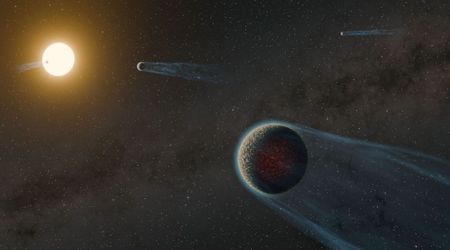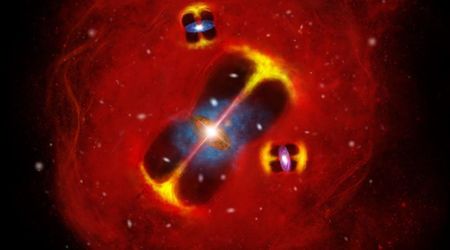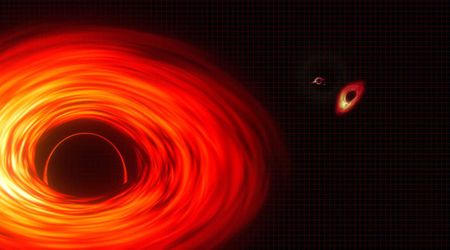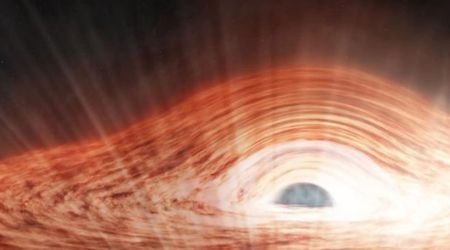NGC 6891 and NGC 6905

Delphinus is a small constellation in the equatorial region of the sky, with a distinctive kite shape. Although small in size, Delphinus contains a variety of deep sky objects for backyard telescopes. Two of these objects are of particular interest: the easily observed planetary nebulae NGC 6891 and NGC 6905.
NGC 6891 lies at an estimated distance of 7,200 light years and can be found two and a half degrees south of the 5th-magnitude star Rho Aquilae. The nebula is pretty small but has a high surface brightness. This means that at magnitude 10.7 it can be seen in telescopes as small as 4.5-inch aperture. However, high magnifications are required to distinguish the tiny 12 arcseconds disk from nearby stars.
An 8-inch scope reveals the nebula’s 12.5-magnitude central star, while larger instruments may even show the faint outer halo and the bluish color of the central disk.
With an apparent diameter of 40 arcseconds, NGC 6905 is easily visible through a 4.5-inch telescope. With larger instruments, the planetary appears slightly oval and a little brighter near the center.
Apertures around 10 inches and very dark skies are usually needed if you want to pick up the 14th-magnitude central star and the bluish color.
Featured image courtesy of the European Southern Observatory (ESO)









